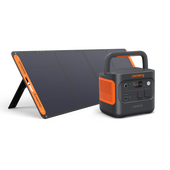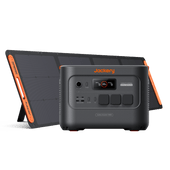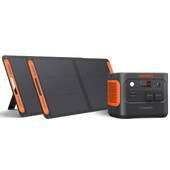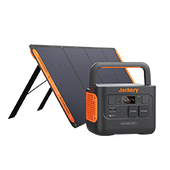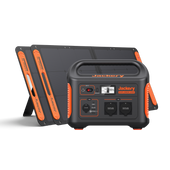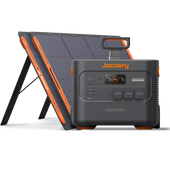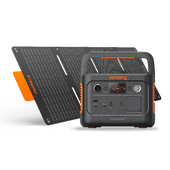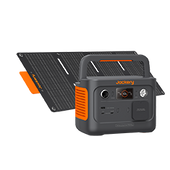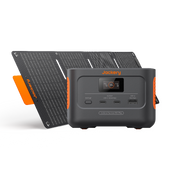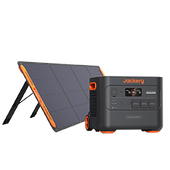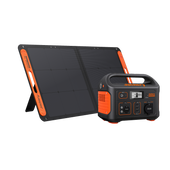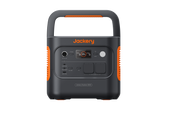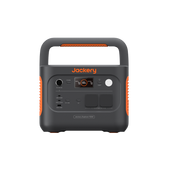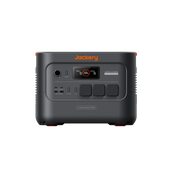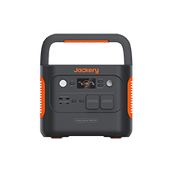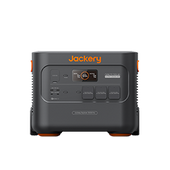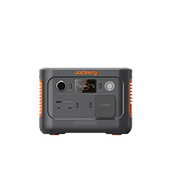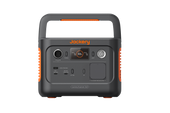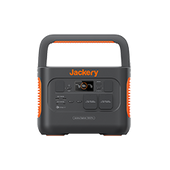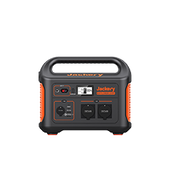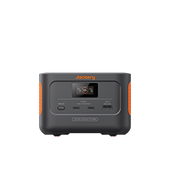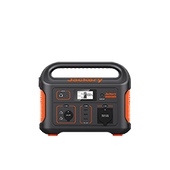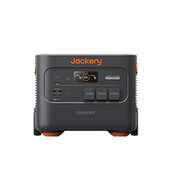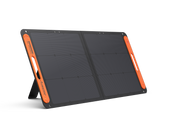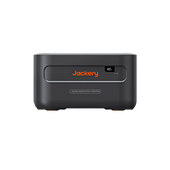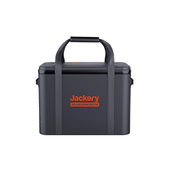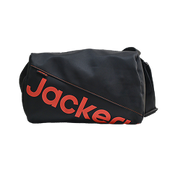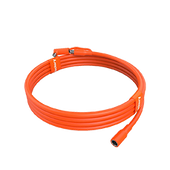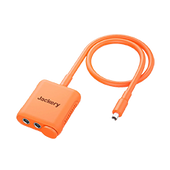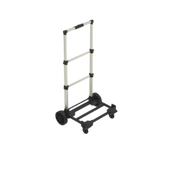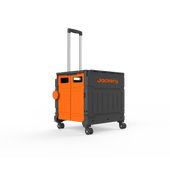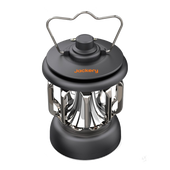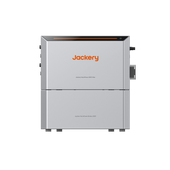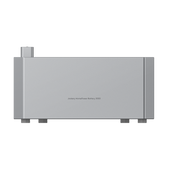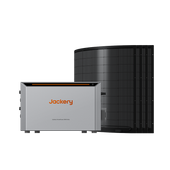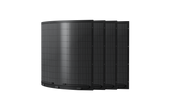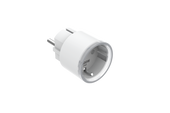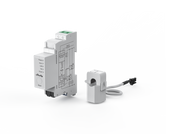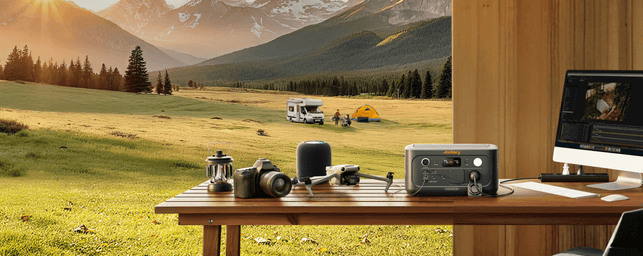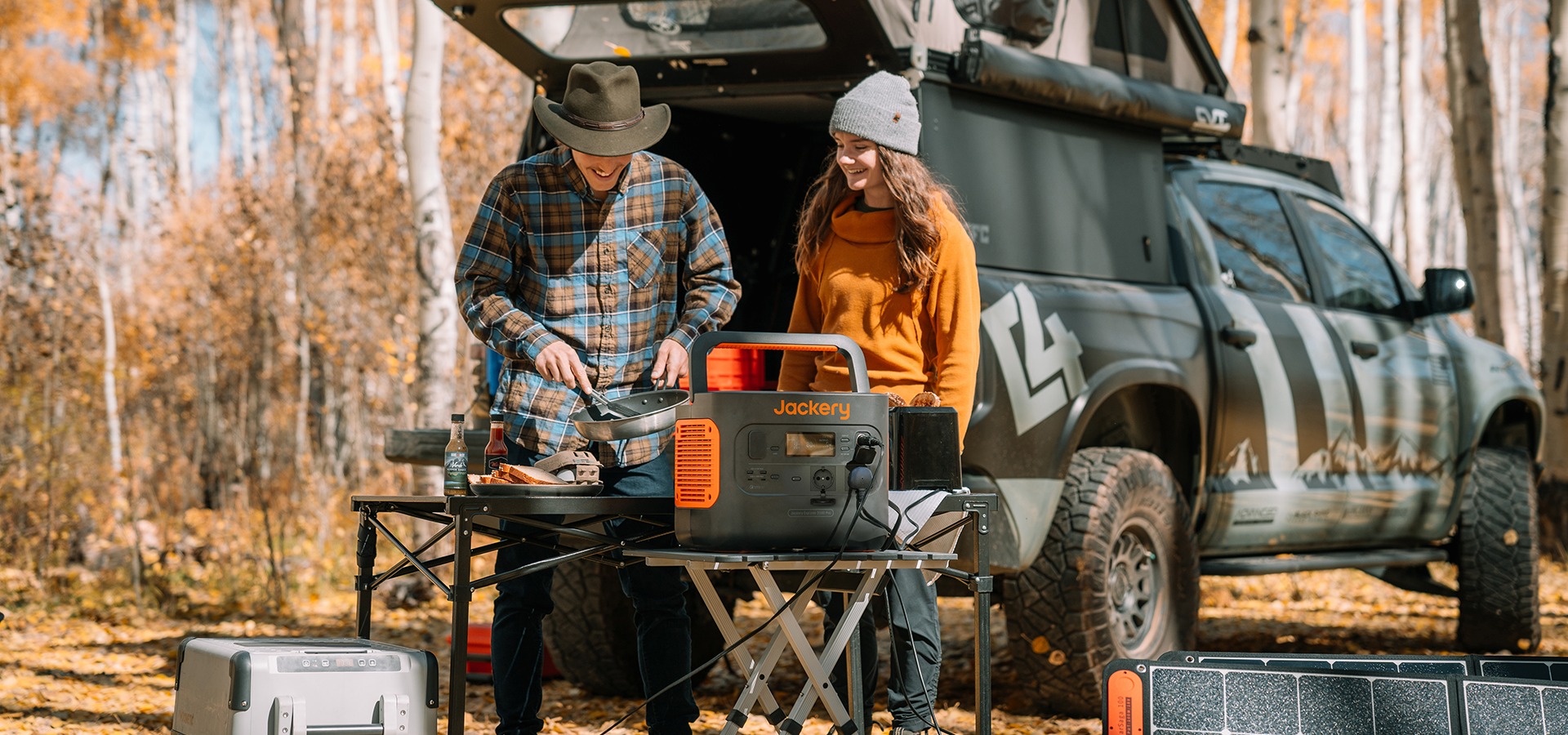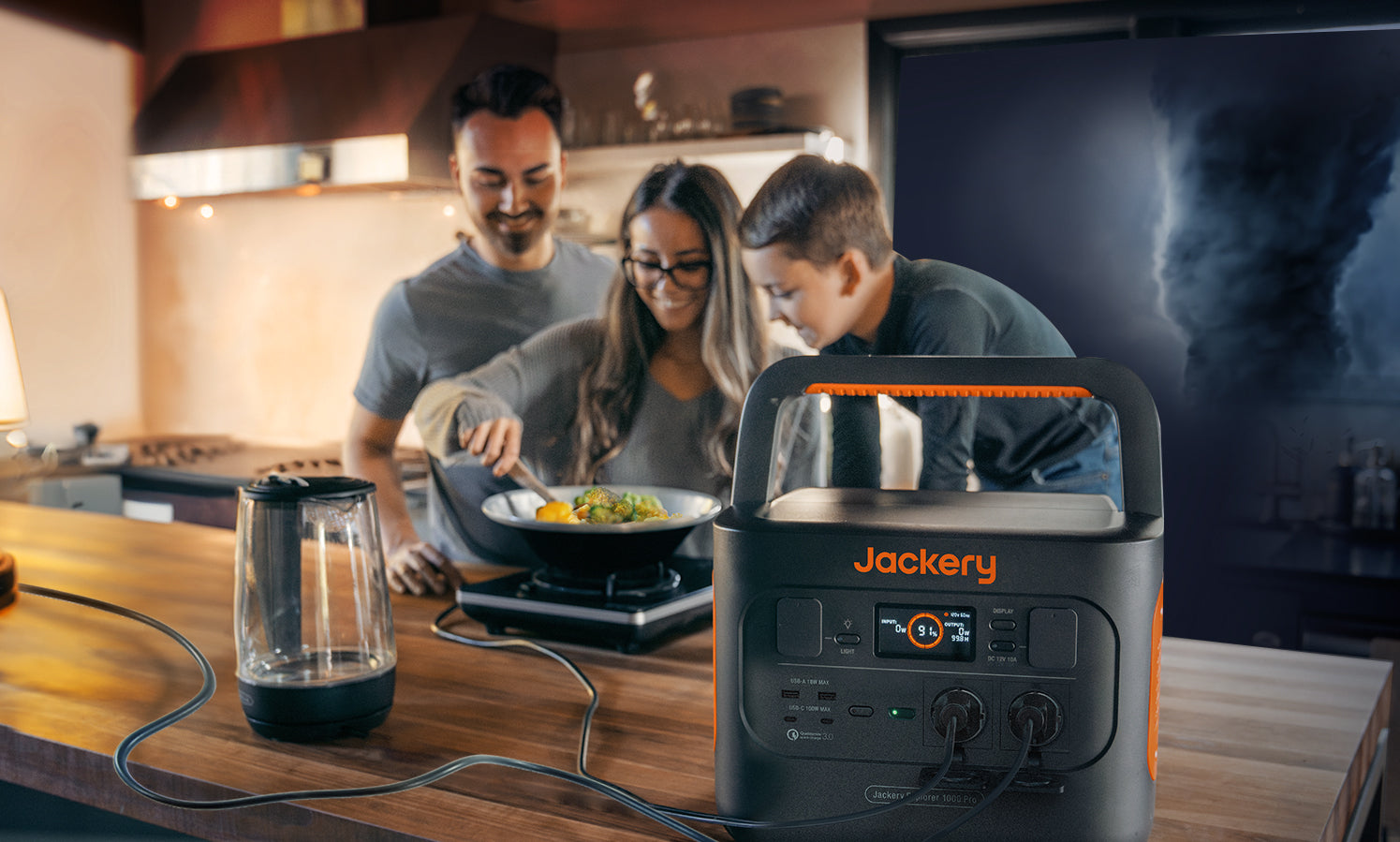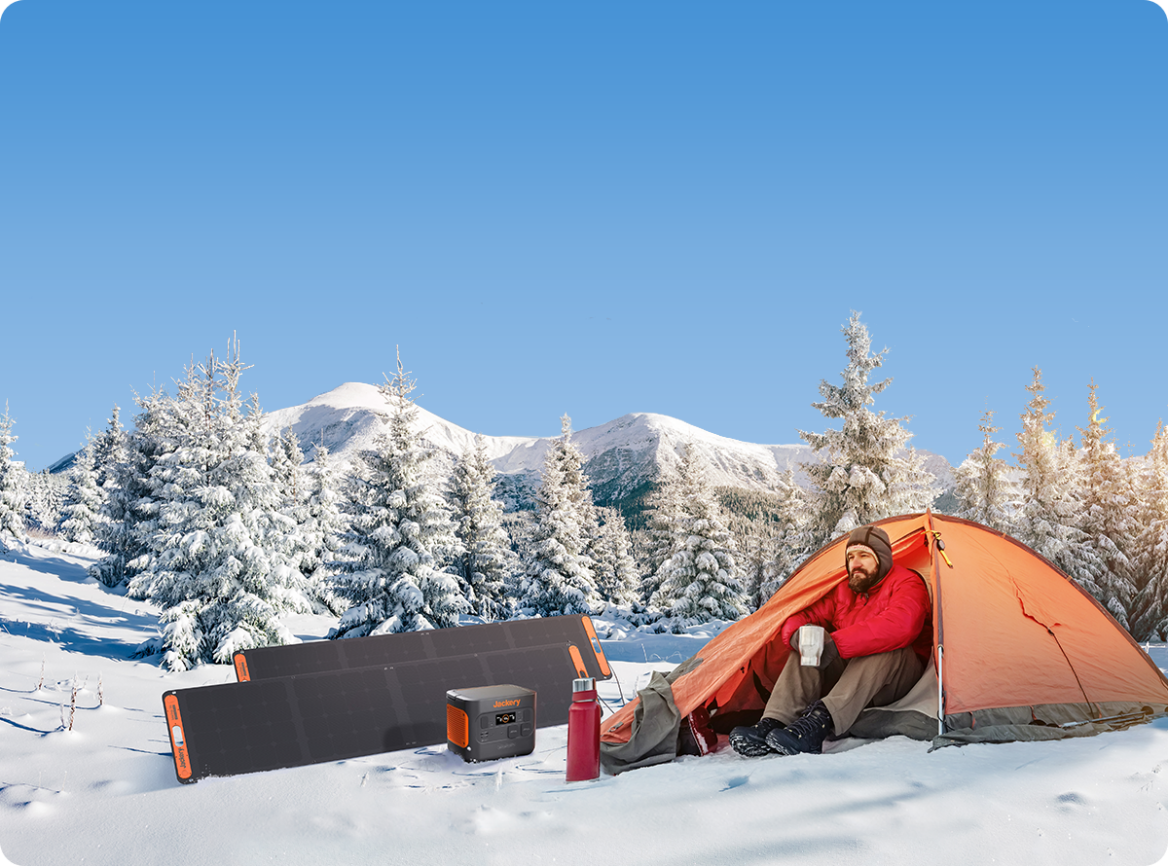Warmth Gear
Winter solo camping demands a higher level of preparedness due to the extreme weather conditions. The cold can be both beautiful and brutal, and it's crucial to have the right gear to stay warm, cook food, stay connected, and ensure your safety. When the temperatures drop, staying warm becomes paramount. Here's what you need:
Sleeping Bag: Opt for a high-quality, down-filled sleeping bag with a temperature rating that suits the coldest temperatures you'll encounter. A good rule of thumb is to choose a bag that's rated at least 10 degrees lower than the lowest expected temperature.
Tent: A four-season tent is essential for winter camping. Look for one with a sturdy frame, waterproof fabric, and a snow skirt to keep the cold out and the warmth in.
Warm Clothing: Layering is key. Start with moisture-wicking base layers, add insulating mid-layers, and finish with a waterproof and windproof outer layer. Don't forget a warm hat, gloves, and socks.
Insulating Mat: A good sleeping pad or air mattress with an R-value suitable for winter will keep you isolated from the cold ground and ensure a restful night's sleep.
Cooking Equipment and Food
Cooking in winter requires specific gear to handle cold conditions and ensure efficient meal prep:
Stove and Fuel
A reliable, wind-resistant stove is essential for winter cooking. Choose one that works with winter-specific fuels, like white gas, which performs better in cold temperatures. Consider stoves with inverted fuel canisters for consistent fuel flow in freezing conditions. It’s also a good idea to carry extra fuel, as cold weather can deplete it more quickly. A small windscreen can further improve efficiency by protecting the stove from gusty winds.
Alternatively, an electric stove powered by a portable power station offers a cleaner, quieter cooking option. Just ensure the power station can handle the stove’s wattage.
Cooking Utensils
Opt for lightweight, durable cookware designed for the outdoors. A pot with a lid, a frying pan, and a spatula are essential. Titanium or aluminium are great material choices due to their lightweight and sturdy nature. You may also want to bring a kettle for boiling water quickly. Stackable cookware will save space in your pack, and don't forget a small knife and can opener for convenience.
For added convenience, a portable power station can power portable cooking devices, such as an electric stove or a kettle, without the need for traditional fuels. Its compact size and lightweight design make it easy to carry, even on longer trips where minimizing pack weight is crucial.
Food Selection
For winter camping, choose non-perishable, high-energy foods that are easy to prepare. Dehydrated meals and freeze-dried food are great for lightweight packing and quick cooking with just boiling water. Include snacks like nuts, jerky, and energy bars for easy energy boosts throughout the day. Hot drinks like tea, cocoa, or electrolyte mixes can help keep you warm and hydrated.
To make preparing meals even easier, you can use a portable power station to power an electric kettle or stove to boil water quickly. This allows for a more convenient cooking experience without relying on traditional fuels, all while keeping your pack light and manageable.

Lighting and Communication Equipment
Staying connected and having adequate lighting is vital for safety and comfort:
Lights: A headlamp with a red light mode (to preserve night vision) and a spare set of batteries are essential. Consider adding a lantern or string lights to your tent for ambient lighting. These can be powered by your portable power station, ensuring you have reliable, long-lasting illumination throughout your trip without worrying about running out of batteries.
Communication Tools: A fully charged smartphone with a portable power supply with an outlet ensures you can stay in touch with the outside world. Don't forget a portable charger and, if possible, a satellite communication device for remote areas.
Safety and First Aid Supplies
Safety should always be a top priority:
First Aid Kit
Safety should always be a top priority when winter camping. A comprehensive first aid kit is essential. Pack items like bandages, antiseptic wipes, pain relievers, and emergency blankets. Consider adding specialized items such as blister treatments, burn cream, and an extra pair of gloves to keep your hands warm while administering aid.
Emergency Tools
In addition to your first aid kit, carry tools for emergency situations. A multi-tool, duct tape, and a small gear repair kit are indispensable for making quick fixes to your equipment. If you're in avalanche-prone areas, consider carrying a small shovel and snow anchors to help with snow removal and ensure your safety.
Backup Power
Having a reliable backup power source is crucial in emergencies. A portable power station can power your essential devices, such as GPS, radios, or even a heated blanket, ensuring you stay connected and warm when needed. With its large battery capacity and efficient charging conversion rate, the Jackery Solar Generator 500 is an excellent choice for these critical situations.
Jackery Portable Power Stations for Winter Camping Backup
When it comes to portable power stations for winter solo camping, Jackery is a name that stands out in the camping community. The Jackery Solar Generator 500 is designed to meet the unique needs of outdoor enthusiasts. This particular model boasts a large battery capacity, which is crucial for winter camping when you need to power multiple devices over an extended period. The efficient charging conversion rate ensures that you get the most out of your solar panels or AC charging sources, even in cold conditions.
The Jackery Solar Generator 500's cold-resistant performance is a game-changer for winter campers. It can operate efficiently even in sub-zero temperatures, ensuring that your devices stay powered when you need them most. The multiple charging ports, including USB-C, AC outlets, and DC ports, make it a versatile option for powering a variety of devices, from smartphones and cameras to laptops and even small heaters.
Portability is another key feature of this solar generator. Its lightweight design and compact size make it easy to pack and carry, even when you're trying to keep your gear to a minimum. The built-in handle further enhances its portability, making it a breeze to move around your campsite.
Key Features:
· 518Wh Capacity, 500W Inverter (1000W Surge): Ample power to keep your devices charged and running.
· 7 Outputs for Outdoor Devices: USB-C, AC outlets, and DC ports to power a variety of devices.
· 3 Ways to Recharge: Recharge via solar panels, wall outlet, or carport for maximum flexibility.
· Safe, Clean, and Quiet Solar Generator: Eco-friendly, with no emissions or noise, making it perfect for outdoor adventures.
· Compact and Lightweight: Easy to pack and transport, with a portable design to suit your travel needs.
· Waterproof, Foldable & Portable Solar Panels: Recharge efficiently even in challenging weather conditions.

Other Considerations You Should Know
Before heading out on your winter solo camping adventure, there are a few more things to consider:
Navigation and Safety
Ensure you carry complete navigation tools, such as a GPS device, offline maps, and traditional maps and compass as backups. Electronic devices may fail in extreme weather, so traditional navigation tools can be more reliable. Additionally, plan your route thoroughly, marking key landmarks and potential shelter spots. Share your itinerary with a family member or friend in case of emergencies. Snowshoes or skis may also be useful depending on snow conditions, helping you travel more easily in deep snow.
Water and Hydration
In winter, ensuring access to water is crucial, especially when natural water sources may be frozen. Carry a means of melting snow or ice, like a portable stove, or pre-pack enough water for your trip. Consider an insulated water bottle to keep your water from freezing. Monitor your hydration closely, as cold weather can mask thirst.
Personal Hygiene
While full bathing isn't feasible in the wilderness, you can maintain basic hygiene with biodegradable wet wipes, hand sanitiser, and eco-friendly toilet paper. Bring a portable toilet or a trowel for digging a cathole, following Leave No Trace principles. Be sure to pack a sturdy, sealable trash bag to take all waste with you, leaving no trace behind.
Mental Preparation and Solitude
Winter solo camping can be both exhilarating and isolating. It's important to maintain a positive, adaptable mindset and embrace the challenges that come with being alone in nature. Consider practising mindfulness or journaling to reflect on your experience and emotions. Solitude can be enriching, but it's important to be mentally prepared for it.
Emergency Preparedness
Even with thorough preparation, unexpected situations can arise. Carry backup communication devices, such as a satellite communicator, to ensure you can call for help if needed. Make sure you’re familiar with winter camping emergency skills, like how to build a snow shelter or start a fire in snowy conditions.
Conclusion
Winter solo camping is a challenging but rewarding adventure that allows for a deeper connection with nature. With the right preparation—appropriate gear, water access, personal hygiene, and mental readiness—you can successfully navigate the unique challenges of winter camping. Always prioritize safety, and ensure you have a camping power station (like the Jackery Solar Generator 500) and communication devices in case of emergencies.
Each step in the snow and every night under the stars becomes a testament to your resilience and spirit of adventure. With careful planning and a positive mindset, winter solo camping can become a transformative experience, one that will stay with you long after the journey ends. Embrace the cold, enjoy the solitude, and let the natural beauty of the winter wilderness be your guide.

